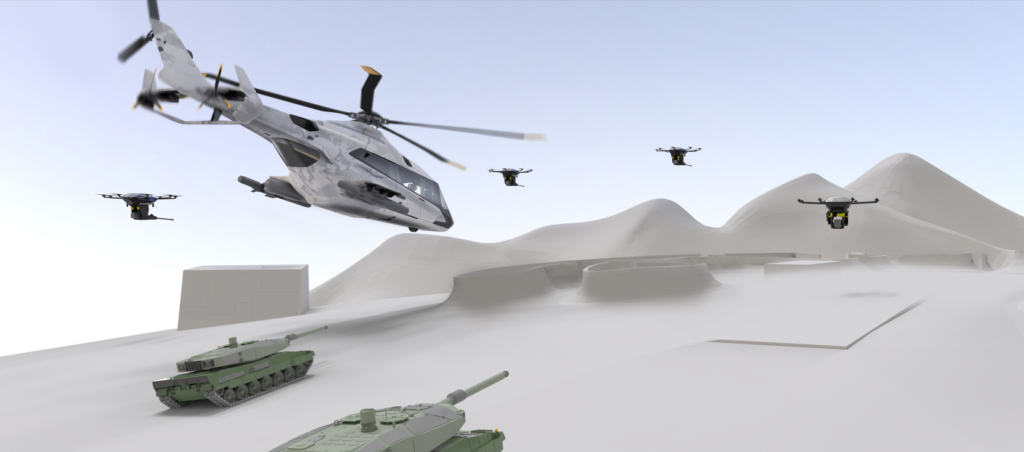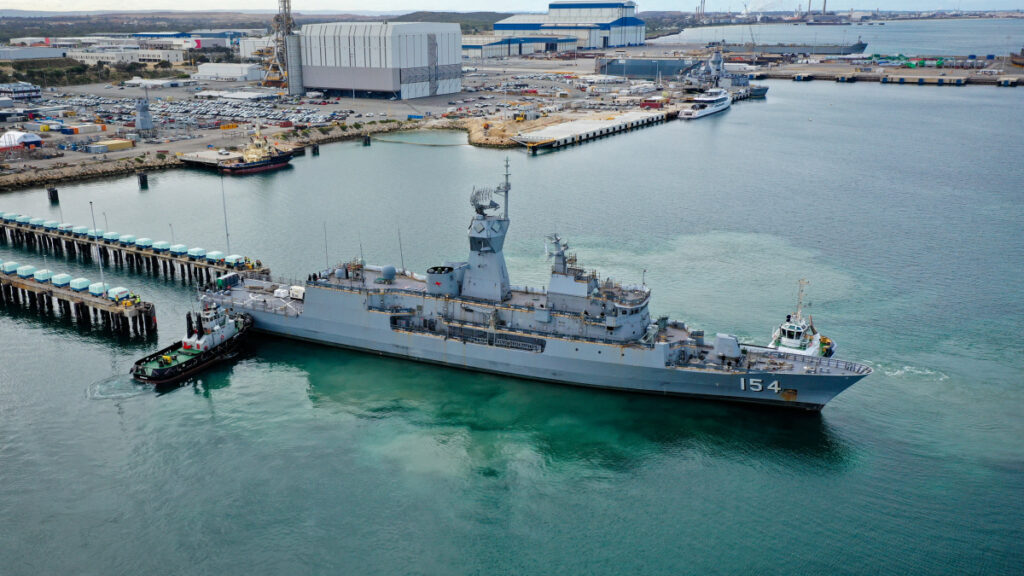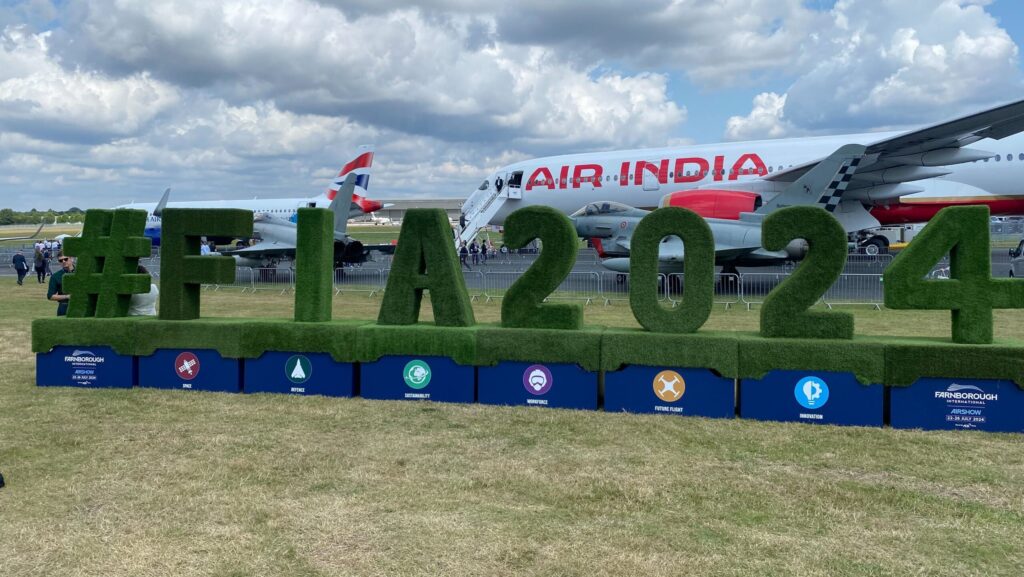US Space Force Lt. Gen. Philip Garrant, Space Systems Command commander, and US Space Force Col. Mark Shoemaker, Space Launch Delta 30 commander, depart their tour of Space Launch Complex 3 at Vandenberg Space Force Base, Calif., March 20, 2024. (US Space Force photo by Senior Airman Kadielle Shaw)
WASHINGTON — After seeing good results for force readiness from about nine months of experimenting with the Integrated Mission Delta (IMD) concept, the Space Force next intends to create two more units mixing acquisition and operational personnel — with the intent to eventually convert entirely to the new organizational structure, according to a senior service official.
“In the next few months, you can look for missile warning and space domain awareness as two mission areas [to be restructured], and then in the future satellite communications, for example, and then orbital warfare,” Lt. Gen. Philip Garrant, head of Space Systems Command, told the Mitchell Institute today.
“But the intent is for all mission areas to be in this Integrated Mission Delta approach,” he added.
The Space Force stood up two prototype IMDs, one for electronic warfare and one for positioning, navigation and timing (PNT) last September. Deltas are the Space Force equivalent of Air Force wing and group commands. The IMDs bring together under one commander operators-in-training at Space Operations Command (SpOC) and acquisition specialists for maintenance and sustainment for each mission formerly under Space Systems Command. The prototype IMDs also include cybersecurity and intelligence specialists.
Lt. Gen. David Miller, SpOC commander, in February said that he has seen measurable improvements in readiness from the IMD structure, and that in his mind most, if not all, of his operational units would “require” similar restructuring to provide “unity of command.”
SpOC’s organizational chart shows eight Deltas (not counting a provisional unit for training) each representing an operational mission area: Delta 2, Space Domain Awareness; Delta 3, Space Electronic Warfare; Delta 4, Missile Warning; Delta 5, Command and Control; Delta 6, Cyberspace Operations; Delta 7, Intelligence, Surveillance and Reconnaissance; Delta 8, Satellite Communications and Navigational Warfare; Delta 9, Orbital Warfare.
While Delta 3 became its own IMD, the PNT IMD was created by hiving off subunits under Delta 8.
Garrant said that he and Miller now are working to finish a progress review on future IMD plans for Gen. Michael Guetlein, Space Force vice chief.
“Gen. Miller and I owe Gen. Guetlein an integrated progress review here in a couple of weeks,” he said. “We’re doing mission analysis. … The long term intent is to, over the course of the next year and a half, finish out the rest of the mission areas.”
Garrant noted that the restructuring is not a trivial undertaking, especially as the Space Force is trying to accomplish the changes without requiring any Guardians to move from their current locations; at least in the near- to mid-term.
“It is a pretty significant lift when you look at organizational change requests and some of the restructuring, and then making sure that we’re not hurting anyone’s career,” he said.


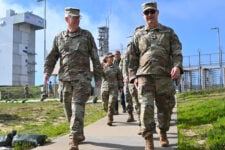
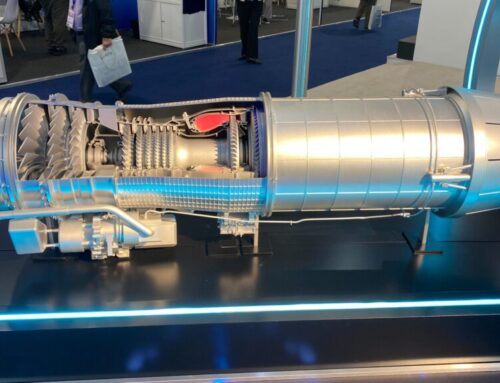
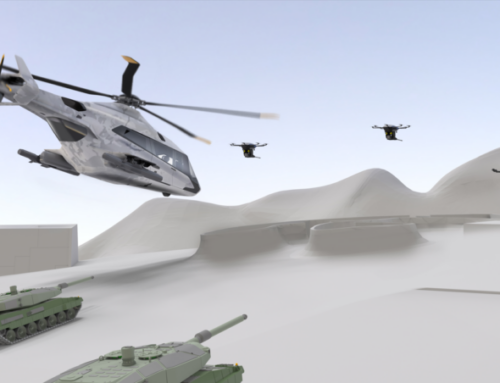
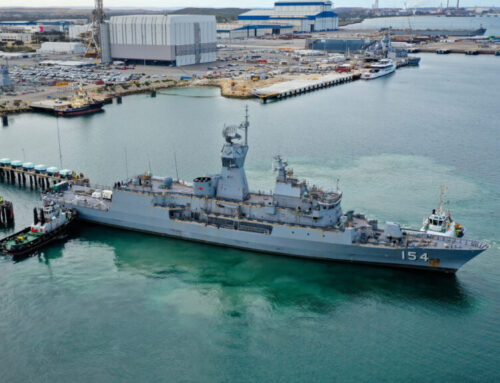
![The sights from the 2024 Farnborough Airshow [PHOTOS]](https://centurionpartnersgroup.com/wp-content/uploads/2024/07/IMG_8722-scaled-e1721930652747-1024x577-hZjwVb-500x383.jpeg)

